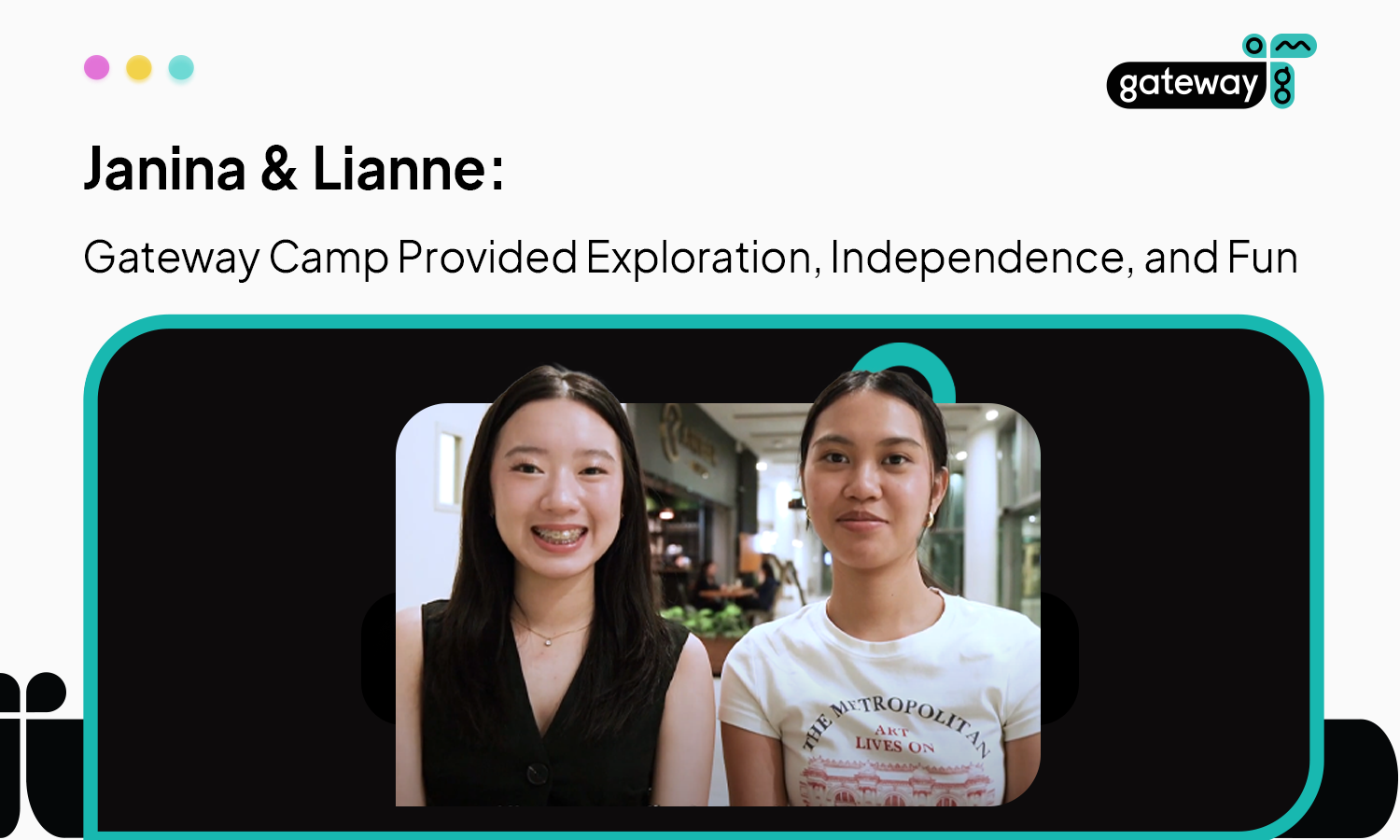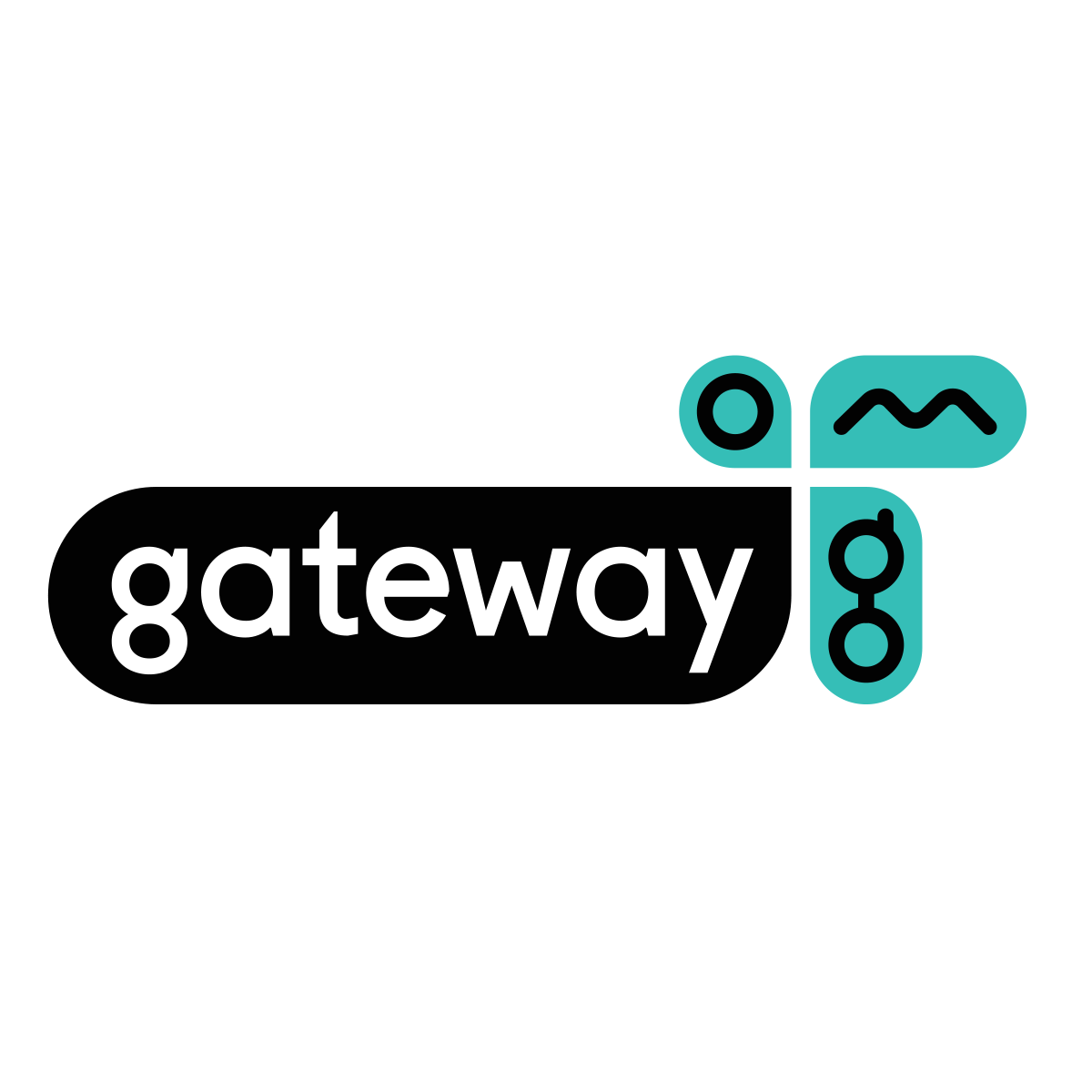In the wake of the pandemic, there has been a huge shift in the way that students learn and educators deliver quality education. From the proliferation of massive open online courses (MOOCs) to the widespread use of mobile devices for hybrid learning, technology is creating both new challenges and new opportunities for educational institutions of all types, from early education to universities.
According to UNESCO, 82% of the world’s learners have transitioned to online learning. This marked shift towards online learning means that hybrid learning models and EdTech platforms have become the norm, supplanting traditional teaching methods.
So, what does this change mean for students? How has technology changed the way that learners and educators interact with content and instruction? What are the challenges and opportunities along the way that students and educators have had to face?
The Rise of Micro-Learning
For many students, one of the most challenging aspects of online learning is the inability to focus on a screen for extended periods of time. Online learning also increases the likelihood of students becoming easily distracted by social media or falling asleep.
To help students stay focused on the lesson, online content must be kept crisp, engaging, and interactive. Gateway+ attempts to cater to this through micro-learning, i.e., dividing learning sections into small chunks consumable in short-term focused sessions. Distributing information absorption over a period of time has been shown to improve information retention by 20% and significantly boost the completion rates among students. In addition, it makes it possible for students to learn several new things at the same time.
Of course, with so many sources of information, micro-learning also runs the risk of a fragmented learning experience, making it challenging for students to achieve longer-term goals if their learning occurs only in bite-sized chunks.
The Importance of Progress Tracking
With this fragmented learning style in mind, Gateway+ incorporates progress reports for both students and learners. This allows students to be accountable for their learning progress and stay anchored to a curriculum in the midst of constant on-the-go learning. For educators and administrators, it will also ensure that no learner falls behind or slips through the cracks.
Furthermore, the ability to have an overview of students’ progress will also reveal areas of weakness or challenges. By incorporating data-driven insights alongside progress reports, students and educators can identify patterns and be well-informed about their various learning journeys.
The Importance of Community
Being in the company of their peers can help students learn a lot, but with online learning, they are prone to feeling isolated. However, a community fosters a sense of belonging and camaraderie, which keeps students engaged and motivated to succeed.
Beyond academic provision, students have the opportunity to form relationships with other students through the community’s discussion forums on Gateway+. The trust created by paying attention to and acting upon feedback strengthens such niche communities. In the end, it enables each individual to discover their own position within the team.



